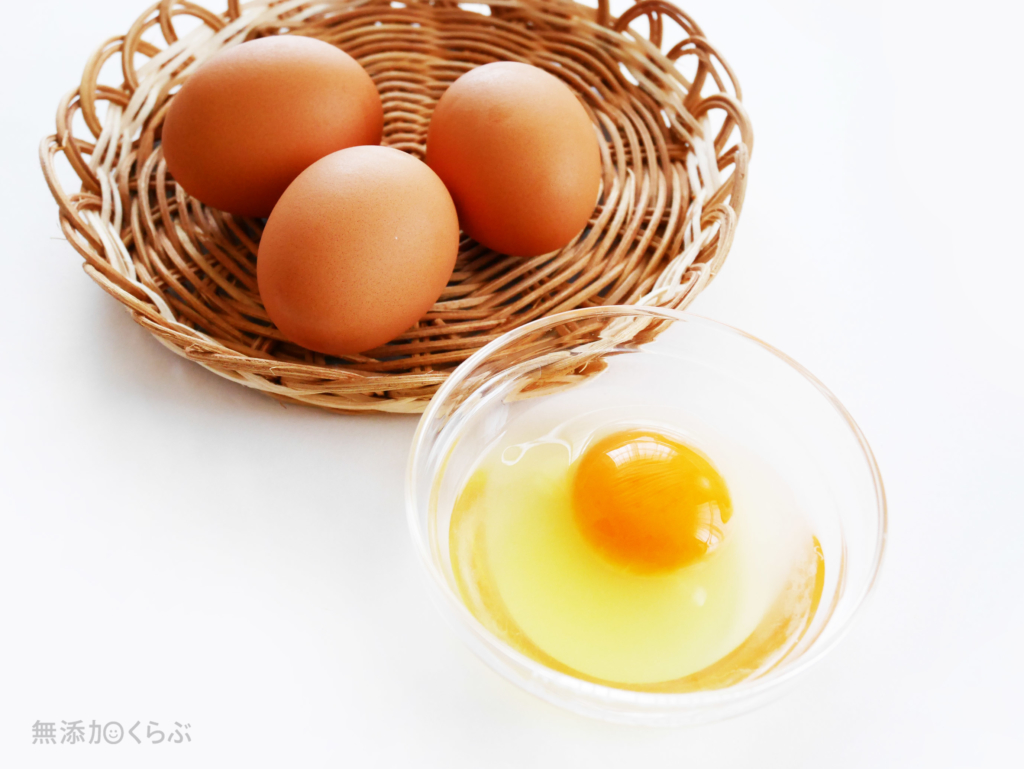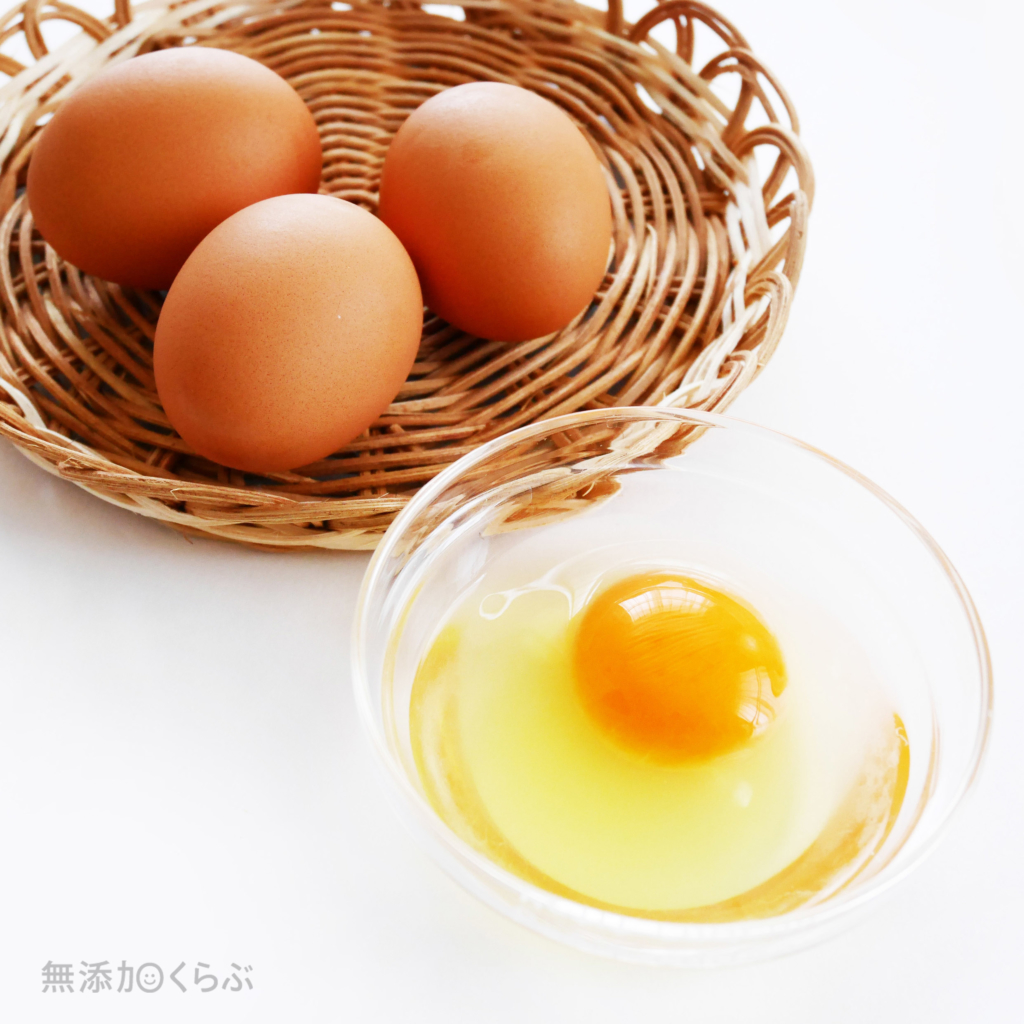
2025.11,25
This article has been moved to note.
All future updates will be posted there.
Thank you for your continued support.


2025.11,25
This article has been moved to note.
All future updates will be posted there.
Thank you for your continued support.